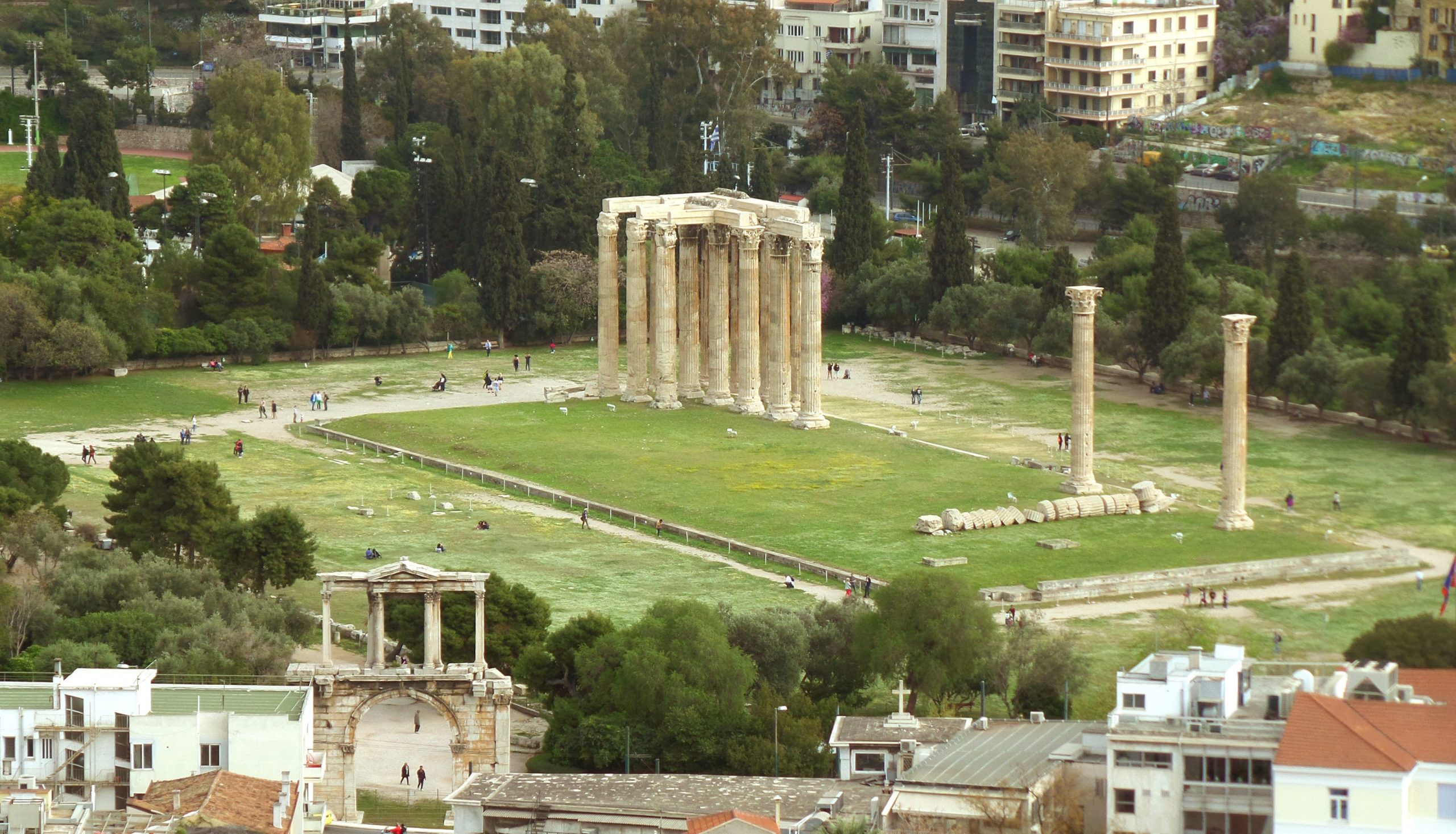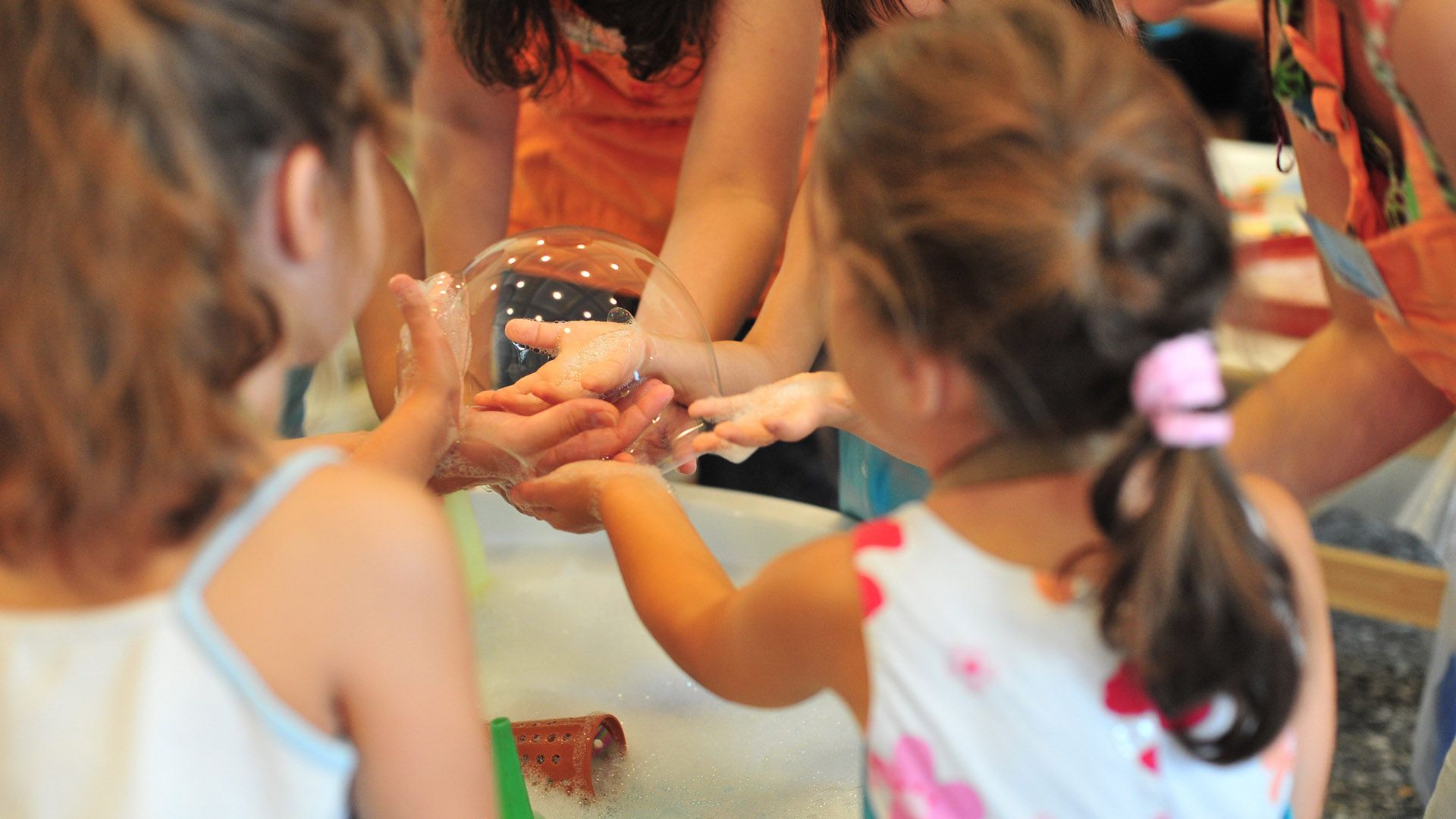Jewish Museum of Greece
Jewish Museum of Greece
The idea of the Jewish Museum of Greece (J.M.G.) was born at the end of the 1970s. The initiative belonged to the Israeli community of Athens and some of its members, who offered all kinds of support to this effort. In 1977, a small museum was founded, temporarily housed in a room next to the Synagogue on Melidoni Street. There were objects saved from the war, mainly artefacts and documents from the 19th and 20th centuries, as well as a variety of religious utensils, documents and jewellery. The jewellery confiscated by the Bulgarians from the Jews of Thrace in 1943 was returned and handed over to the Greek government after the resignation of the Bulgarian king and the establishment of the communist regime.
In the following years, under the inspired leadership of Nikos Stavroulakis, who was the director of the museum until 1993, a thorough and careful collection of material from all the communities of Greece began. Thanks to the interest of several private individuals, the collection was significantly enriched with rare books and publications, textiles, jewellery, ritual and household utensils. Soon the museum began to attract the interest of many visitors from Greece and abroad, as well as scholars and donors willing to contribute to its development. In 1981, the “American Friends of the Jewish Museum of Greece” was founded, and a little later, the “Association of Friends of the Jewish Museum of Greece” was founded by members of the Jewish community of Athens and Thessaloniki, which has since then continuously supported the Museum in all its initiatives.
The constant enrichment of the museum and the expansion of its activities soon made it necessary to look for new premises. In 1984, the collection was moved to a rented floor in the building at 36 Amalias Avenue, and the exhibition was reorganised to cover the main themes of interest to the wide and heterogeneous public. After years of effort, the museum was granted legal status in 1989. After years of efforts, the Museum acquired a legal status in 1989. Since then, it has operated as a legal person governed by private law and managed by a seven-member board of directors. In the years that followed, the Museum’s activities expanded considerably, both in the field of research and study of Greek Jewry – in collaboration with other institutions and scholars from Greece and abroad – and in the field of publications. At the same time, its collection continued to be enriched by new acquisitions from all over Greece, far exceeding the original expectations.
Its increasing need for new facilities and its dream of a privately owned home led to its purchase of a listed building, with support from Greek and foreign friends, Thessaloniki Municipality and Central Jewish Council. With the crucial financial support of the Ministry of Culture and the Association of Friends of the Museum, the building was restored, and at the end of 1997, exactly twenty years after its foundation, the Jewish Museum of Greece was able to move into its permanent, now privately owned home in a four-storey reconstructed neoclassical building at 39 Nikis Street, in the centre of Athens. On March 10, 1998, the new J.M.G. building was inaugurated and a new era began for the Museum. In the years that followed, the museum developed and expanded all its activities, especially those related to education, significantly improved its services to the public and carried out in-depth research, the results of which were published in a series of temporary exhibitions and special editions. The contact and communication with the public and the international relations and actions of the J.M.G. indicate a mutual social and scientific information and influence.






